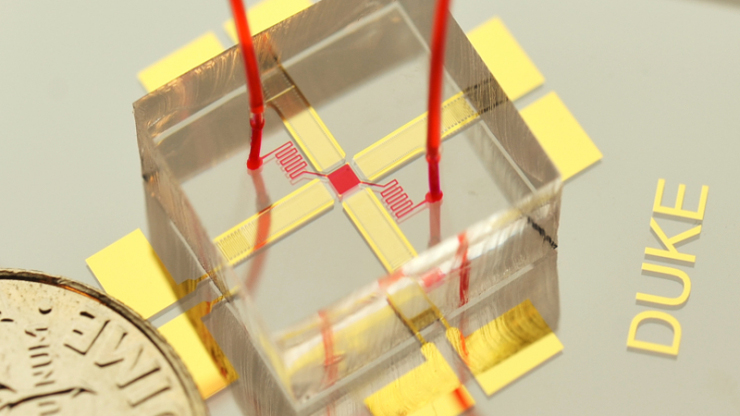If there is one thing that sets us apart from other species, it’s our tendency to make bold moves. Look through the human history and you’ll see how this tendency has guided us towards some groundbreaking achievements. Now, while each one of these achievements played a humongous role in constructing the modern world, their collective impact still doesn’t match up to technology’s contributions. Initially deemed as nothing more than an unrealistic model, technology’s journey to become a phenomenon was pretty long, to say the least. However, following some little but meaningful breakthroughs, it was able to get the revolution up and running, and once that happened, the dynamics were never the same. Before anyone could realize what was happening, the entire human spectrum was buying a stock in this creation, with a notable buyer being our global medical sector. Technology and healthcare link-up was such a pivotal moment, because it practically reshaped our regard of technology. Suddenly, it wasn’t just another tool, but in fact, it was our pathway to a better future. Since that moment of epiphany, the world has continued to nurture this link-up beyond all limits, and its latest attempt comes in the form of a Duke University brainchild.
The researching team at Duke University has successfully developed an acoustic tweezer system, which can be used to manipulate cells and particles for the purpose of observing their interaction potential. There is a belief that, by studying the adhesion force between two separate cells, we can resolve various conditions, including cancer, as the methodology is designed to look into the relationship that cancer cells and other cell types might be developing, thus giving us the basis to pursue a more personalized treatment. Nevertheless, while the said methodology has been around for a while, this new device takes up a slightly unique approach. Named the Harmonic Acoustics for Non-contact, Dynamic, Selective particle manipulation platform (HANDS platform), the device targets separation of paired particles, something that has proven to be a constant sticking point for acoustic manipulation. To give you some context, the separation we are talking about delivers a lowdown on cell-cell interaction that is integral to biophysics studies and drug discovery.
“I am thrilled about the capabilities of this platform, which is as gentle as a mother’s hands,” said Luke Lee, a researcher involved in the study. “Gentle and sensitive mother’s hands allow us to establish the foundation of quantitative cell biology and translational precision medicine. For example, we can systematically study T-cell interactions with cancer cells in a high-throughput manner and obtain precision cell-cell interaction forces.”
According to certain reports, the tweezers use sound waves to precisely move pinch, separate or suspend cells within a microfluidic system. These sound waves emerge from four transducers. Notably enough, the transducers here are much more advanced than what we have seen before. They allow you to produce complex standing waves instead of just the usual static ones. Anyway, the four transducers form two separate pairs to let out a different sound wave pattern. Whichever way these wave patterns interact will define how a researcher completes their acoustic manipulation.


















